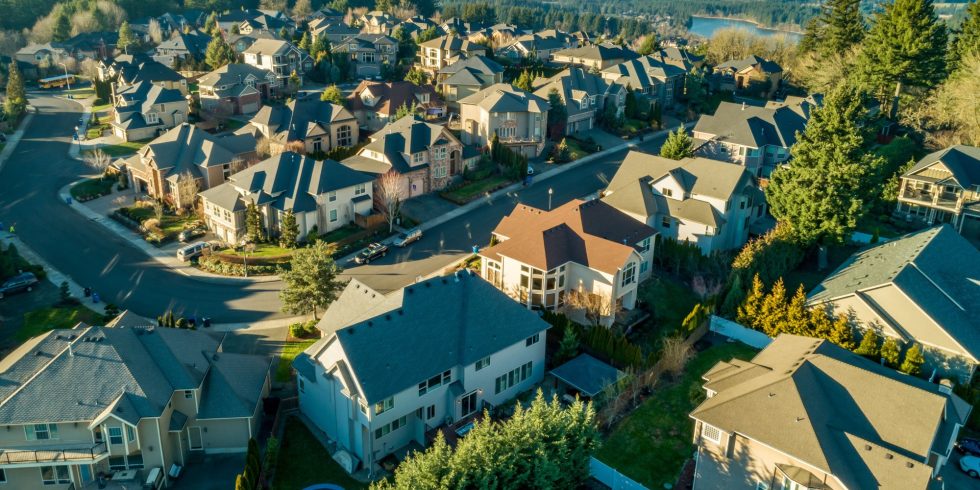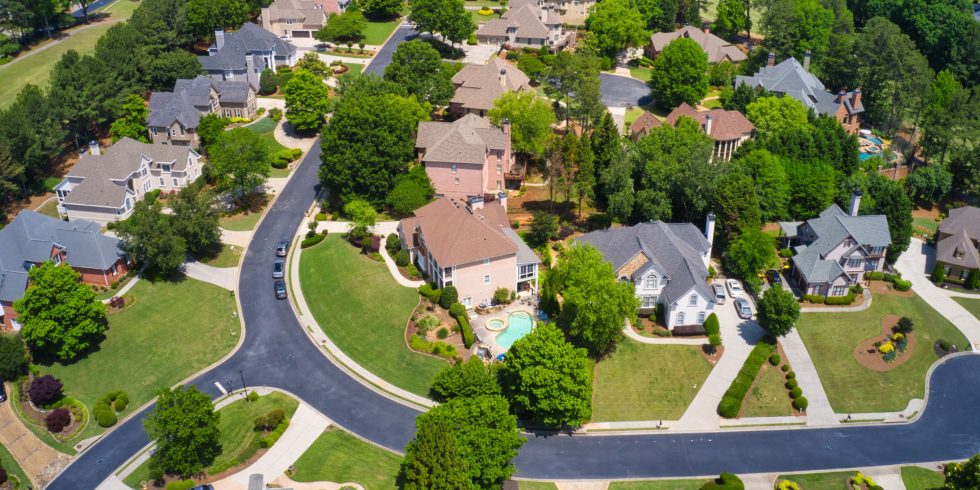U.S. home prices are up 494% over the past 40 years, according to the Freddie Mac House Price Index. And some metropolitan areas have seen price growth nearly twice as big in that time.
To see where single-family home prices have increased the most since 1984, LendingOne analyzed Freddie Mac’s historical data for 385 U.S. metropolitan areas.
LendingOne’s key findings:
- Many of the biggest home price gains since 1984 are in coastal markets.
- The Pacific Northwest, in particular, ranks high for 40-year appreciation.
- Home prices in Bend, Oregon are up almost 1000% over the past 40 years.
The 5 metropolitan areas with the biggest home price gains between March 1984 and March 2024, according to LendingOne’s analysis:
- Bend, OR: +987%
- Seattle-Tacoma-Bellevue, WA: +936%
- San Jose-Sunnyvale-Santa Clara, CA: +933%
- Bellingham, WA: +891%
- Ocean City, NJ: +874%
It’s important to note that inflation and wage growth alone did not spur all the growth in national home prices over the past four decades.
Since 1984, consumer price inflation has risen 203%, meanwhile, median U.S. household incomes have risen 233%. That is well below the 494% jump in national home prices during the same span.



